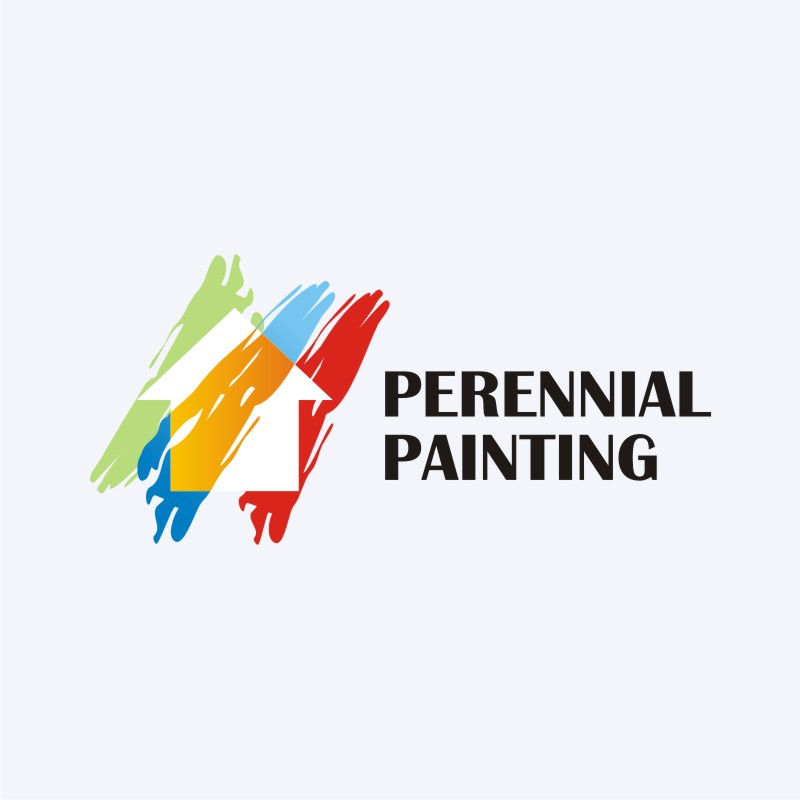Learn More About The Methods Which Seasonal Factors Can Affect The Success Of Industrial Outside Painting And Determine The Best Times To Attain Long-Term Results For Your Task
Learn More About The Methods Which Seasonal Factors Can Affect The Success Of Industrial Outside Painting And Determine The Best Times To Attain Long-Term Results For Your Task
Blog Article
Web Content Produce By-Carlson Browne
When you're planning a business outside painting project, seasonal aspects can make or damage your results. You'll intend to consider exactly how temperature and humidity effect paint application and drying out times. Picking the appropriate season can ensure your paint sticks effectively and lasts longer. Yet which periods are absolutely the most effective for this sort of job? Let's discover the key elements that can affect your project's success.
The Effect of Temperature on Paint Application
When you're preparing a business exterior painting project, the temperature level can considerably influence exactly how well the paint sticks and dries out.
Preferably, relevant webpage wish to paint when temperature levels vary in between 50 ° F and 85 ° F. If it's also chilly, the paint may not heal appropriately, resulting in concerns like peeling or cracking.
On the flip side, if it's as well warm, the paint can dry also promptly, stopping appropriate attachment and causing an unequal finish.
You ought to additionally think about the moment of day; morning or late afternoon supplies cooler temperature levels, which can be more desirable.
Constantly inspect the supplier's recommendations for the specific paint you're using, as they typically give support on the ideal temperature level array for ideal results.
Moisture and Its Impact on Drying Times
Temperature level isn't the only ecological aspect that affects your business external painting task; humidity plays a substantial duty too. High humidity degrees can slow down drying out times considerably, affecting the overall top quality of your paint task.
When the air is saturated with wetness, the paint takes longer to treat, which can result in issues like bad bond and a higher threat of mildew growth. If you're painting on a particularly moist day, be prepared for extended delay times between coats.
It's essential to keep track of local weather and strategy as necessary. Ideally, aim for humidity levels in between 40% and 70% for optimum drying out.
Keeping these factors in mind ensures your job stays on track and provides a long lasting finish.
Best Seasons for Commercial Outside Paint Projects
What's the most effective season for your business outside paint tasks?
Springtime and early loss are normally your best choices. Throughout these seasons, temperature levels are mild, and humidity levels are usually reduced, creating perfect conditions for paint application and drying out.
Stay clear of summer's intense heat, which can cause paint to completely dry also swiftly, causing bad adhesion and finish. In a similar way, winter season's cold temperature levels can prevent proper drying out and treating, taking the chance of the durability of your paint work.
click for source for days with temperature levels in between 50 ° F and 85 ° F for optimum results. Bear in mind to inspect the neighborhood weather report for rainfall, as damp problems can spoil your project.
Planning around visit the next website ensures your painting job runs smoothly and lasts longer.
Conclusion
In conclusion, preparing your commercial outside painting tasks around seasonal factors to consider can make a substantial difference in the result. By organizing job during the suitable temperatures and humidity levels, you'll guarantee much better adhesion and drying times. Bear in mind to keep an eye on neighborhood weather forecasts and select the correct time of year-- springtime and early fall are your best choices. Taking these actions will assist you accomplish a sturdy and professional coating that lasts.
